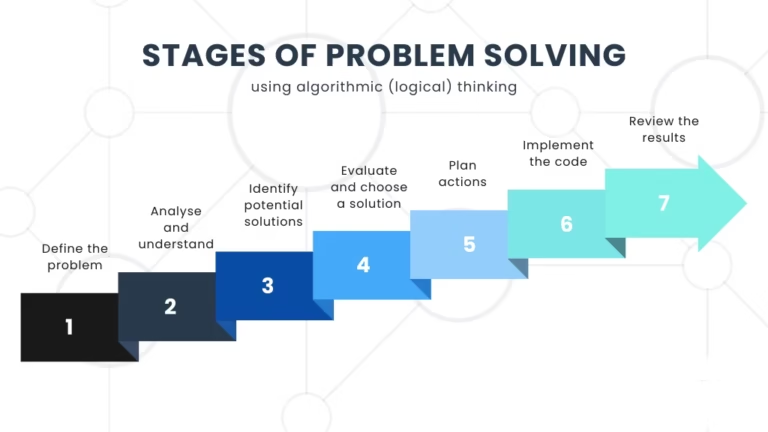The coding interview is a crucial part of Amazon's hiring process for Machine Learning Engineers. If you're preparing for this round, it's essential to understand what to expect and how to approach the challenges you'll face. This guide will walk you through the types of questions typically asked in the Cracking the Code, the skills you need to demonstrate, and tips for excelling in this stage of the interview process.
The Role of the Coding Interview
Amazon's Machine Learning Engineers are tasked with solving some of the most complex problems in the industry. The coding interview is designed to assess your problem-solving abilities, your knowledge of algorithms and data structures, and your capacity to write efficient, bug-free code. Your performance in this round is crucial as it demonstrates your ability to think logically and implement solutions under pressure.
Common Coding Interview Topics
Amazon's coding interviews for Machine Learning Engineers cover a range of topics. While the exact questions can vary, there are certain types of problems that appear frequently. Below is a breakdown of the most common question types and examples to help you prepare:
1. Graphs and Trees (46% of Questions)
Importance: These are the most commonly asked questions, reflecting their importance in machine learning applications such as neural networks and decision trees.
Examples:
Binary Tree Construction: "Given preorder and inorder traversal of a tree, construct the binary tree."
Maximum Path Sum: "Given a non-empty binary tree, find the maximum path sum."
Serialization and Deserialization: "Design an algorithm to serialize and deserialize a binary tree."
Course Scheduling: "Given a list of prerequisite pairs, return the ordering of courses to finish all courses."
2. Arrays and Strings (38% of Questions)
Importance: Arrays and strings are foundational data structures, and many algorithmic problems revolve around them.
Examples:
Two-Sum Problem: "Given an array of integers and a target value, return the indices of the two numbers that add up to the target."
Longest Palindromic Substring: "Given a string, find the longest palindromic substring."
Maximum Profit: "Design an algorithm to find the maximum profit from a single stock transaction."
3. Linked Lists (10% of Questions)
Importance: Linked lists are less common but still important for certain problems, particularly those involving dynamic data structures.
Examples:
Reverse Nodes in k-Group: "Given a linked list, reverse the nodes in groups of k."
Merge Sorted Linked Lists: "Merge two sorted linked lists into one sorted list."
4. Search and Sort (2% of Questions)
Importance: Although not as frequent, search and sort problems are fundamental and can appear in various contexts.
Examples:
Matrix Search: "Write an algorithm to search for a value in an m x n matrix."
Number of Islands: "Count the number of islands in a 2D grid map where '1's represent land and '0's represent water."
5. Stacks and Queues (2% of Questions)
Importance: These data structures are key for solving problems related to order and processing sequences.
Examples:
Min Stack: "Design a stack that supports push, pop, and retrieving the minimum element in constant time."
Trapping Rain Water: "Given an elevation map, compute how much water it can trap after raining."
6. Hash Tables (2% of Questions)
Importance: Hash tables are essential for efficient data retrieval and are often used in problems requiring quick lookups.
Examples:
Top K Frequent Words: "Return the k most frequent elements from a list of words."
Tips for Succeeding in the Coding Round
Practice Structured Problem-Solving: Always approach problems methodically. Break down the problem, outline your solution, and consider edge cases before you start coding.
Focus on Efficiency: Amazon values not just correct solutions, but efficient ones. Aim to write code that is optimized for both time and space complexity.
Write Clean, Readable Code: Make sure your code is easy to read and well-organized. Use meaningful variable names, add comments where necessary, and ensure your logic flows clearly.
Brush Up on Core Concepts: Review the fundamentals of data structures and algorithms, particularly those mentioned above. Familiarize yourself with common patterns and solutions.
Mock Interviews: Consider practicing with mock interviews to simulate the real environment. This will help you manage time effectively and get comfortable with speaking while coding.
The coding round for Amazon's Machine Learning Engineer interview is designed to test your technical acumen and problem-solving skills. By understanding the common topics, practicing relevant problems, and approaching the interview with a clear strategy, you can increase your chances of success. Remember, the goal is to demonstrate not just your coding ability, but also your ability to think critically and solve problems efficiently. Good luck!






